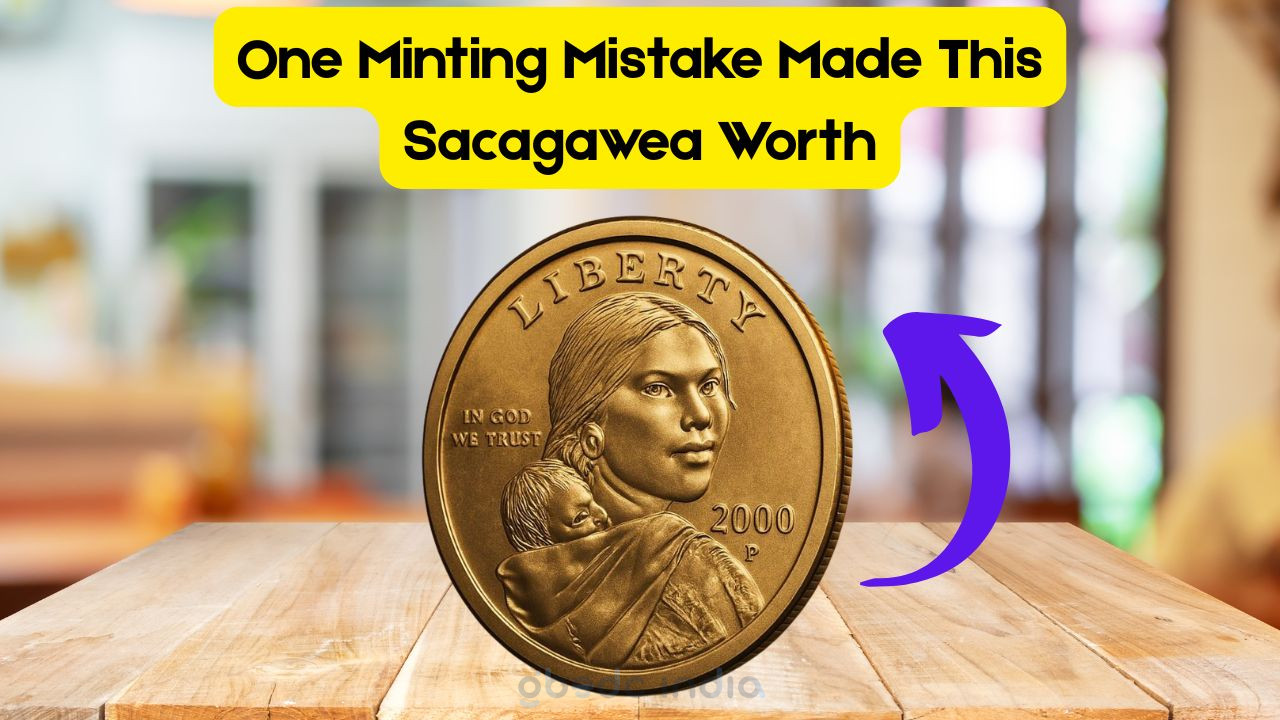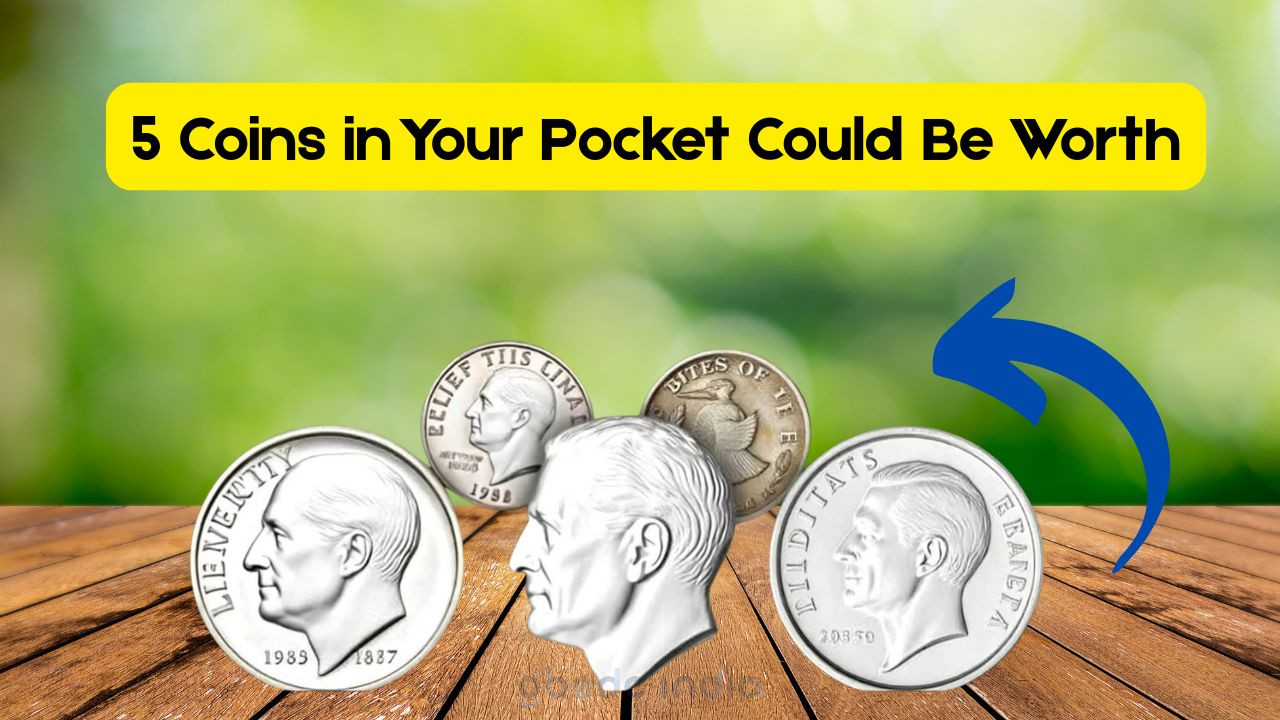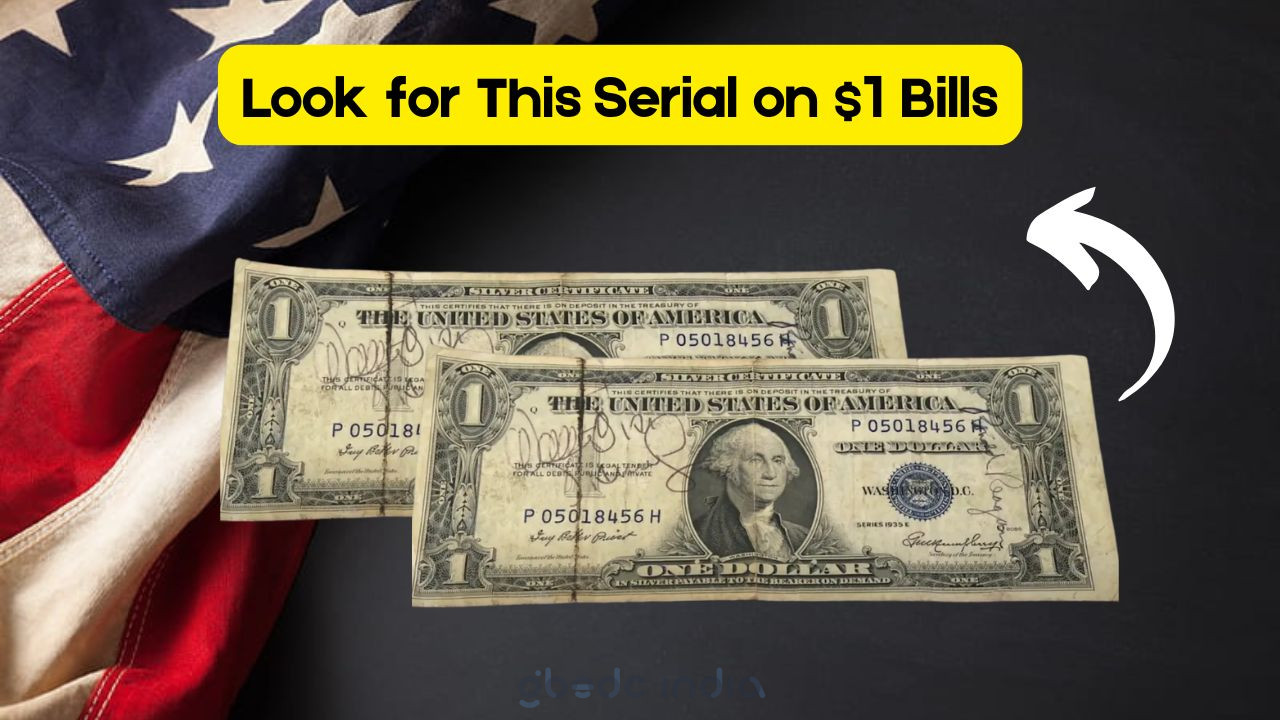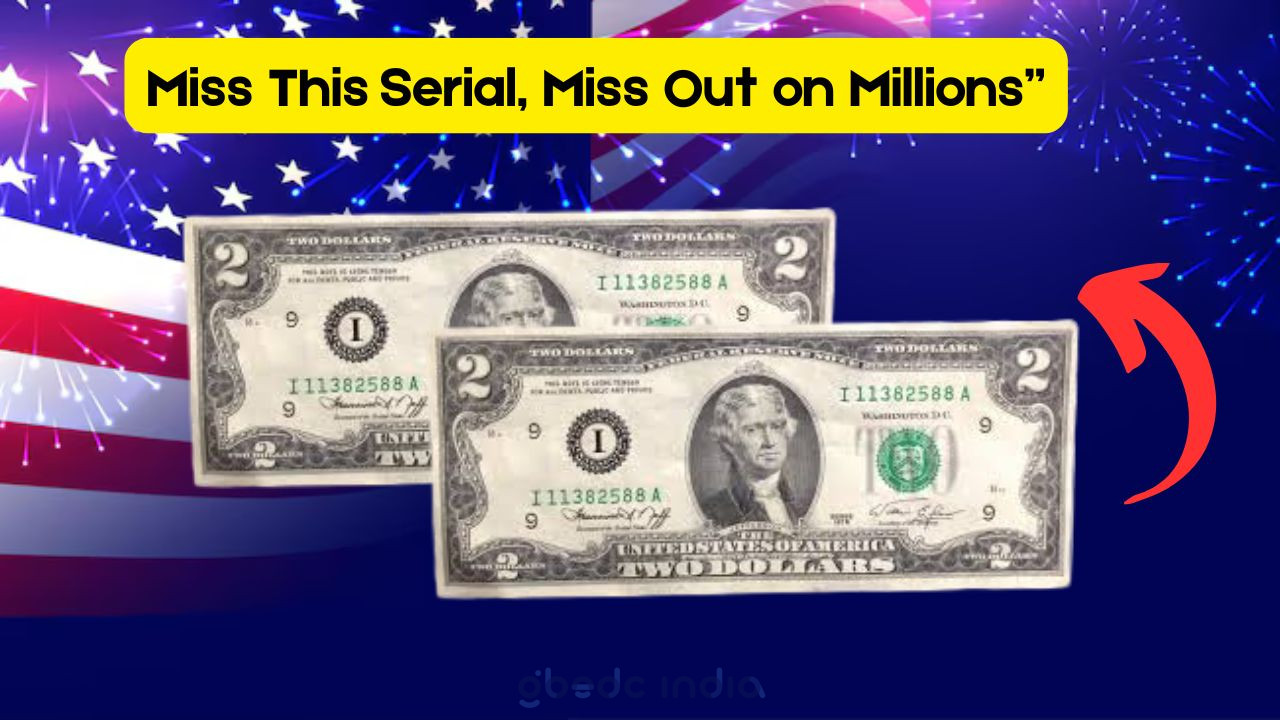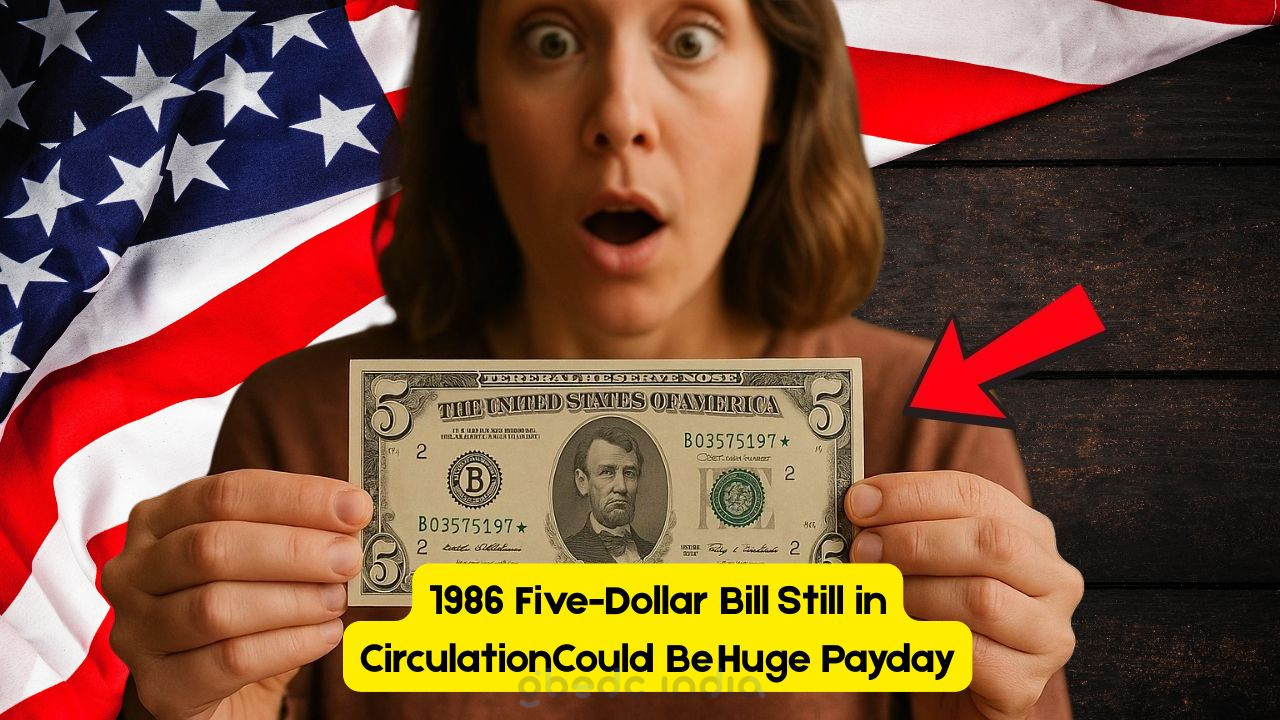In the world of coin collecting, even a small printing mistake can turn a regular coin into a multimillion-dollar treasure. This is exactly what happened with a specific Sacagawea $1 coin that recently sold for an astonishing $2.1 million at auction. A rare minting error, unnoticed for years, has made this particular coin one of the most valuable modern coins in U.S. history. Collectors and enthusiasts are now scrambling to learn everything about this unexpected jackpot, with many wondering if they might be holding one of these golden treasures themselves.
What Makes the Sacagawea Error Coin So Special?
The Sacagawea dollar coin was introduced in 2000 to honor the Native American guide who played a key role in the Lewis and Clark expedition. However, one particular version of this coin became famous not for its design, but because of a rare minting mistake that occurred during production.
This “Cheerios” Sacagawea dollar, as it’s sometimes called, was originally distributed through a promotion with General Mills cereals. But the rarest version of this coin came about when a few coins were mistakenly struck using the wrong die, leading to a distinctive eagle tail feather pattern on the reverse side that differs from the standard version.
Key Features That Make It Valuable:
- Minted in 2000, but only a handful contain the error
- Features enhanced detail on the eagle’s tail feathers
- Only discovered after careful analysis years later
- Found in original Cheerios cereal boxes during a 2000 promotion
- Extremely limited number available, making it ultra-rare
How the Error Happened – And Why It Was Missed
The origin of the error lies in the dies used during the initial test strikes of the Sacagawea dollar. The Mint created these prototype coins with a higher level of detail on the eagle feathers, which were later simplified for the production coins. However, a small batch of these test coins somehow got mixed into the Cheerios promotional giveaway.
Because the variation is so subtle, it went unnoticed for years. Only in the mid-2000s did collectors start identifying the pattern difference, and coin grading authorities later verified and classified them as a distinct variety. Since then, these coins have skyrocketed in value.
Interesting Facts:
- Only around 5–10 known examples of the error coin exist
- The Mint has never officially acknowledged how many were released
- One authenticated error coin sold for $2.1 million in a private auction
Where These Coins Were Found – The “Cheerios” Promotion Connection
In early 2000, General Mills partnered with the U.S. Mint to include 5,500 Sacagawea $1 coins in boxes of Cheerios as part of a promotional campaign. The intention was to familiarize the public with the new dollar coin, but a few of these coins were struck with the test die that had a more intricate eagle tail design.
Sacagawea Cheerios Coin Promotion Stats
| Detail | Value/Info |
|---|---|
| Promotion Year | 2000 |
| Brand | Cheerios (General Mills) |
| Coins Distributed | 5,500 |
| Error Coins Estimated | Approx. 5–10 |
| Promotion Type | Prize inside cereal box |
| Discovery of Error | Mid-2000s by collectors |
| Auction Record | $2.1 million (recent sale) |
| Coin Grading Requirement | PCGS/NGC MS65+ preferred |
How to Check If You Have the Error Coin
If you received or collected a Cheerios Sacagawea dollar in 2000 and still have it, you might be in possession of a hidden treasure. However, identifying the rare version requires close inspection or professional authentication.
Steps to Identify the Rare Coin:
- Look at the eagle’s tail feathers under magnification
- Compare it with known images of the enhanced feather pattern
- Submit your coin to a professional grading service like PCGS or NGC
- Keep the coin in its original packaging if possible
Even if you don’t have the coin from the Cheerios box, other rare variations of the Sacagawea dollar may still exist and are being discovered.
Other Rare Sacagawea Coins You Should Know About
While the $2.1 million error coin grabs headlines, there are other versions of the Sacagawea coin that hold significant collector value due to low mintage, special designs, or experimental compositions.
Other High-Value Sacagawea Coin Varieties
| Coin Version | Key Feature | Estimated Value |
|---|---|---|
| 2000-P Cheerios Dollar | Enhanced tail feathers | $50,000 to $2.1M |
| 2000-W Presentation Strikes | Special West Point mint strikes | $5,000 to $10,000 |
| 2001-S Proof | Limited mintage for collectors | $10 to $50 |
| 2009 Native American Series | Agriculture reverse design | $5 to $20 |
| 2014-D Enhanced Uncirculated | Mint set only release | $20 to $60 |
| Experimental Composition Test | Non-standard alloy, ultra rare | $10,000+ |
| Mismatched Planchet Errors | Wrong metal or size used | $1,000 to $15,000 |
| Missing Edge Lettering (2007) | Edge text omitted | $100 to $400 |
Complete Description of the $2.1 Million Sacagawea Error Coin
To understand the coin’s value, it’s important to look at its specifications and what makes it so different from the regular Sacagawea dollar coins.
Sacagawea Error $1 Coin vs. Standard Version
| Feature | Error Coin (Rare Version) | Standard Sacagawea $1 Coin |
|---|---|---|
| Year | 2000 | 2000–present |
| Distribution | Cheerios promotion (General Mills) | U.S. Mint circulation |
| Reverse Design | Detailed eagle with enhanced tail | Simplified eagle tail design |
| Composition | Manganese-brass clad | Manganese-brass clad |
| Diameter | 26.5 mm | 26.5 mm |
| Edge | Plain | Plain |
| Notable Error | Patterned tail feather variation | None |
| Current Estimated Value | Up to $2.1 million | $1 (face value) |
The $2.1 million Sacagawea error coin is not just a rare collector’s item—it’s a reminder that hidden value can be found in the most unexpected places. A small printing oversight and a marketing campaign led to one of the greatest modern coin discoveries, making cereal box prizes part of numismatic history.
If you’re a collector or just someone with a jar of old coins, it’s worth taking a closer look—you never know what treasure you might be holding. As values continue to rise and public interest grows, these coins could become even more valuable in the future.
Frequently Asked Questions (FAQ)
Q1. What year is the rare Sacagawea dollar coin worth millions?
A: The rare coin is from the year 2000 and is part of the Cheerios promotion.
Q2. How do I know if my Sacagawea coin is valuable?
A: Check for the enhanced eagle tail feathers or send it to a professional grading service for verification.
Q3. Can I still find these coins in circulation?
A: It’s extremely unlikely. Most were part of the 2000 Cheerios promotion and are now in private collections.
Q4. Why is it called the “Cheerios Dollar”?
A: Because it was distributed through a General Mills Cheerios cereal box campaign in 2000.
Q5. How many of these error coins exist?
A: Experts estimate that only 5 to 10 verified coins with the enhanced tail feathers exist.
Q6. What grading services can authenticate this coin?
A: Professional Coin Grading Service (PCGS) and Numismatic Guaranty Company (NGC) are trusted for authentication.
Q7. Is the error visible to the naked eye?
A: No, you need magnification or high-resolution comparison to spot the feather detail.
Q8. Has any other Sacagawea coin sold for over $1 million?
A: As of now, only this specific $2.1 million coin has achieved that level at auction.
Q9. What should I do if I think I have one?
A: Handle it carefully, do not clean it, and send it for grading immediately.
Q10. Are there other coins with similar Cheerios-style promotions?
A: No other modern U.S. coins have matched this unique combination of error and limited distribution through a cereal brand.
